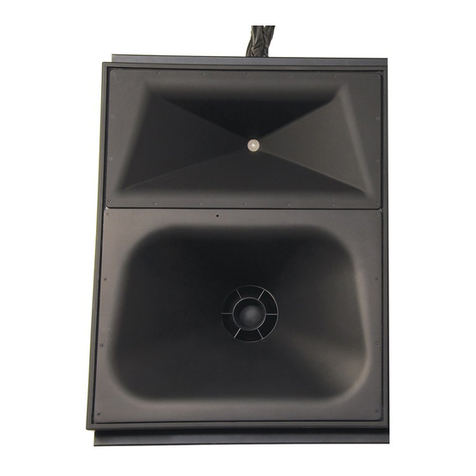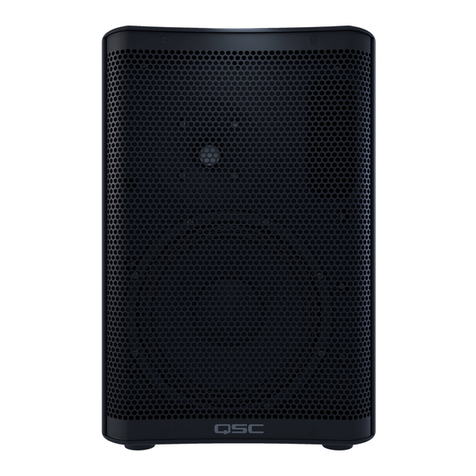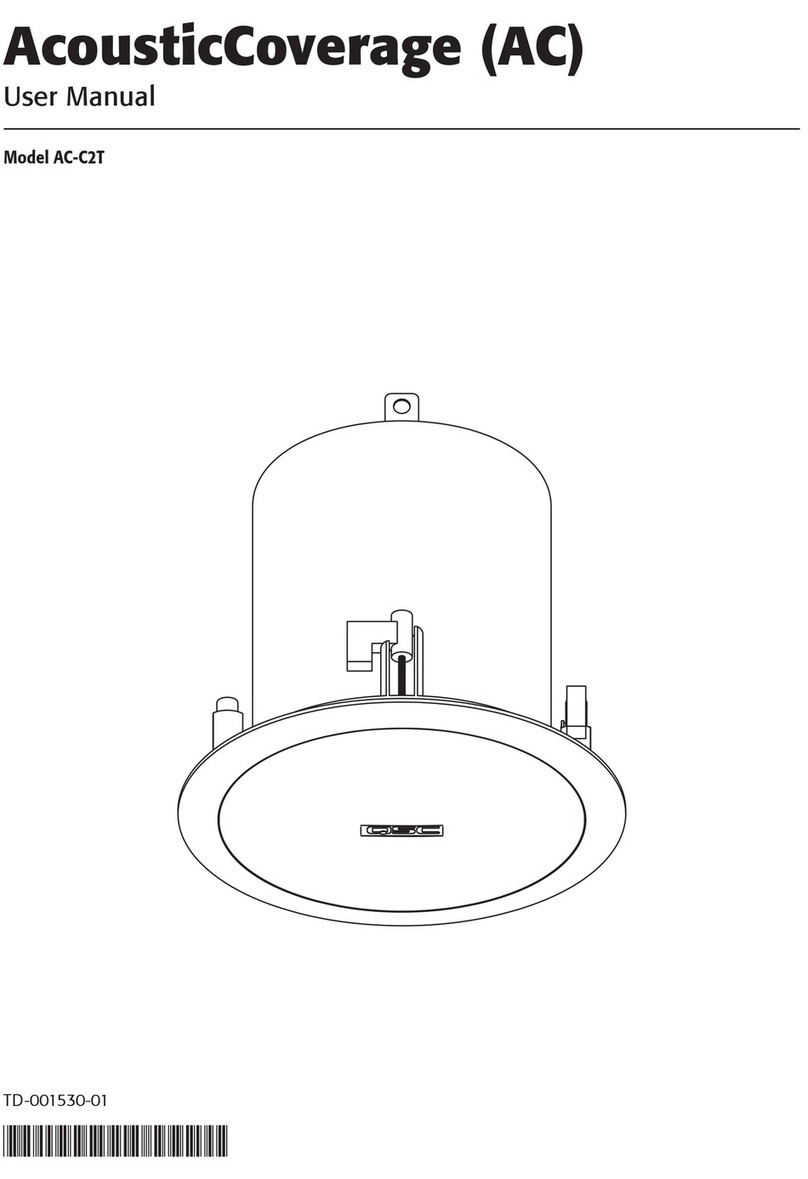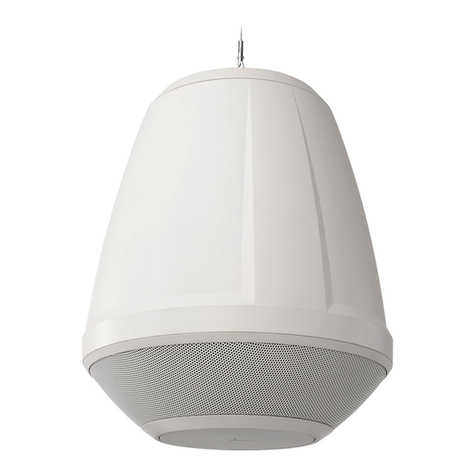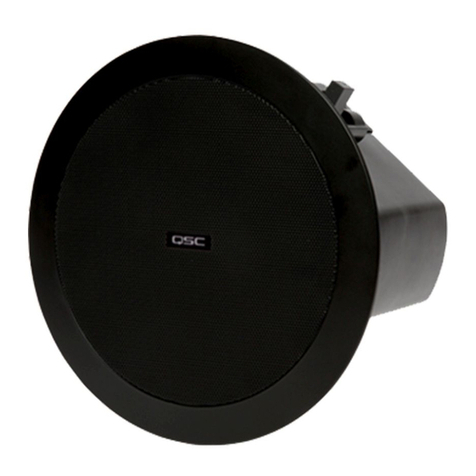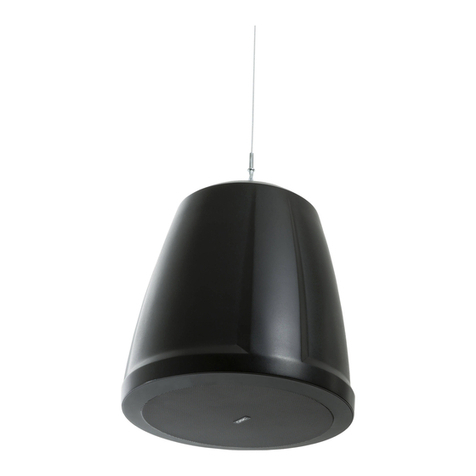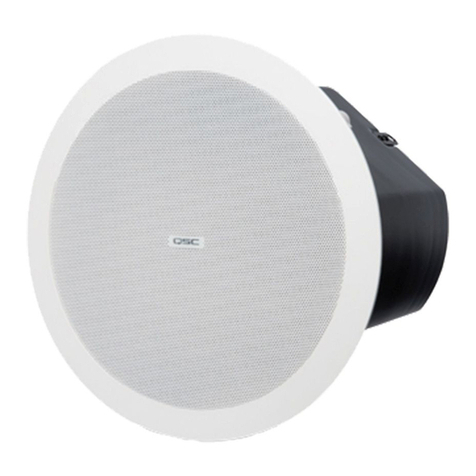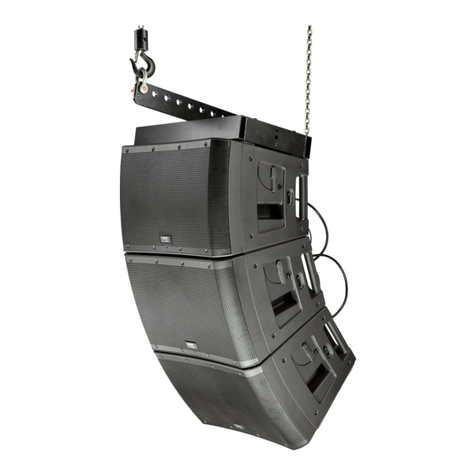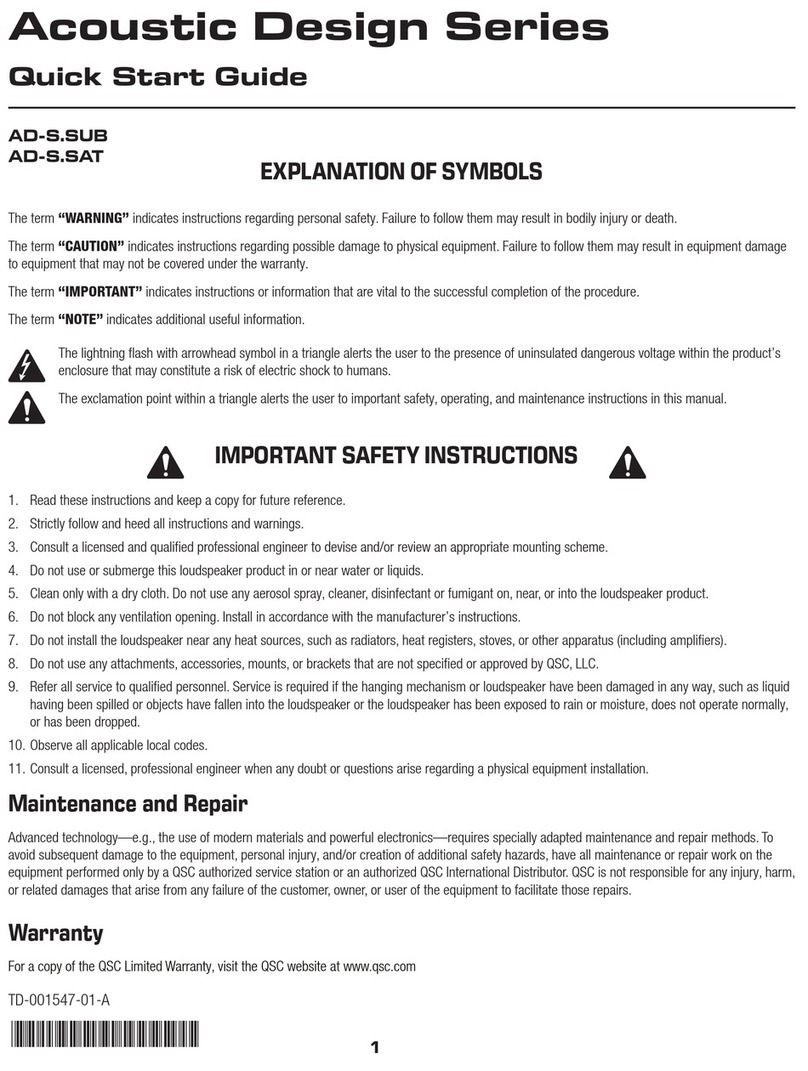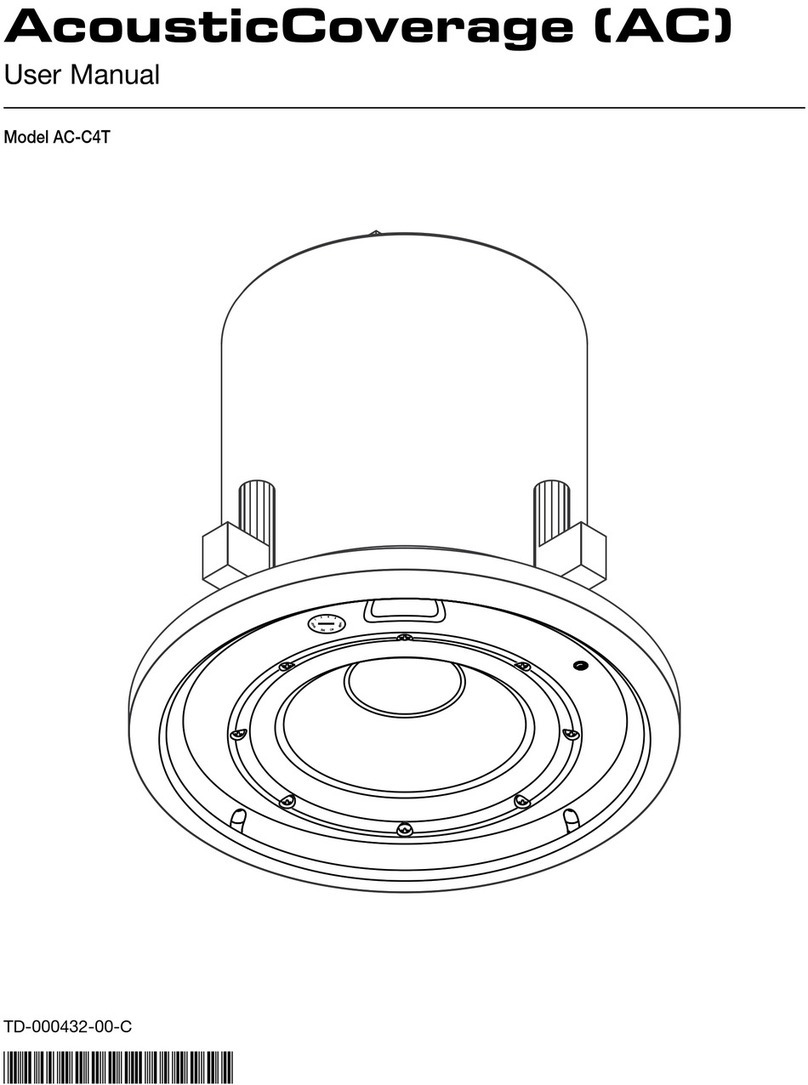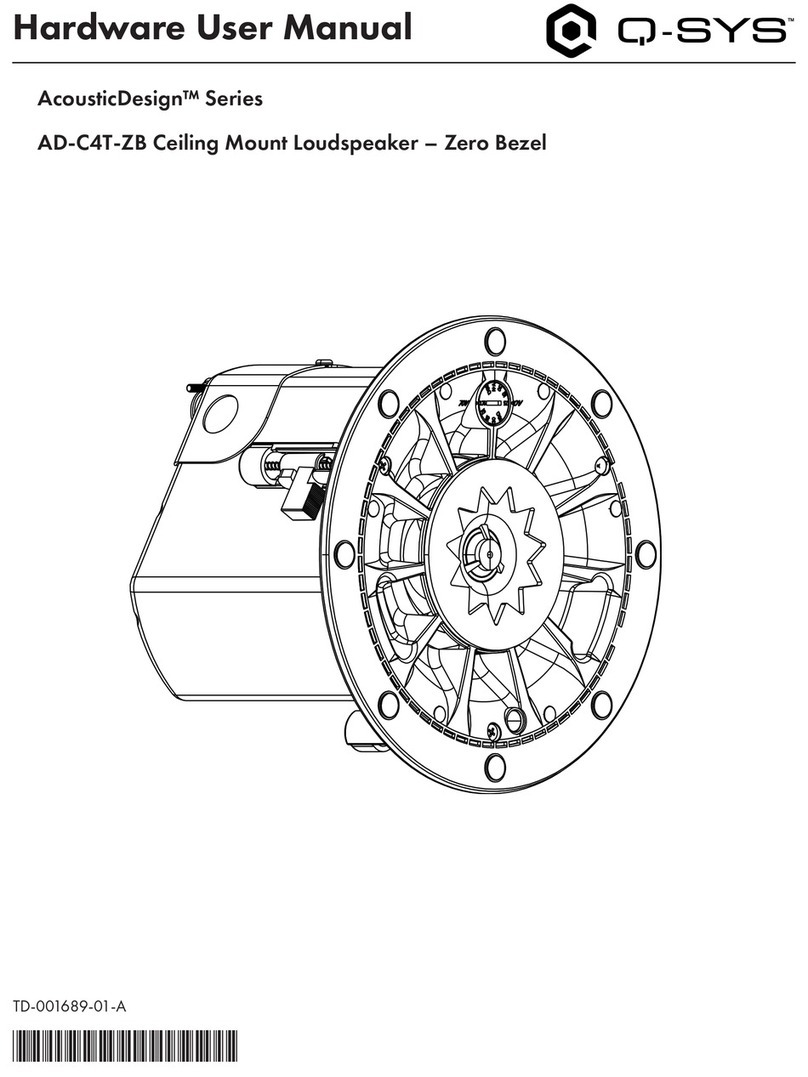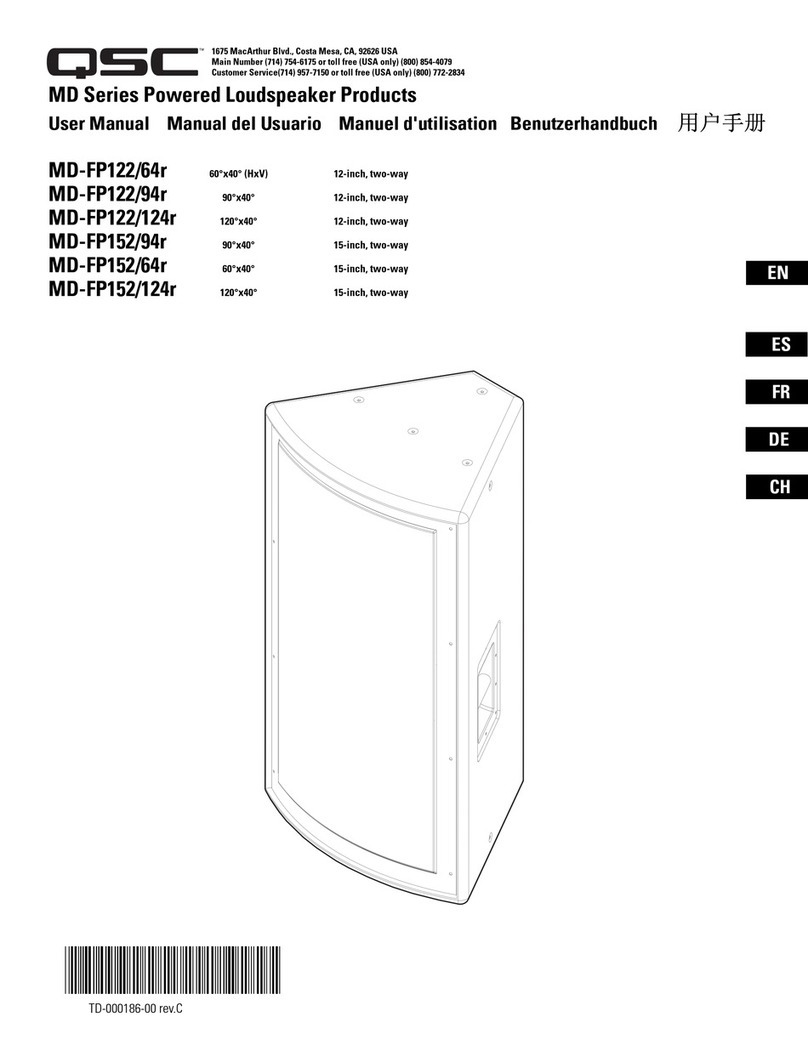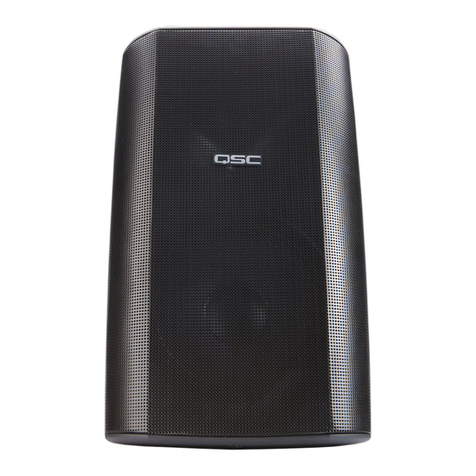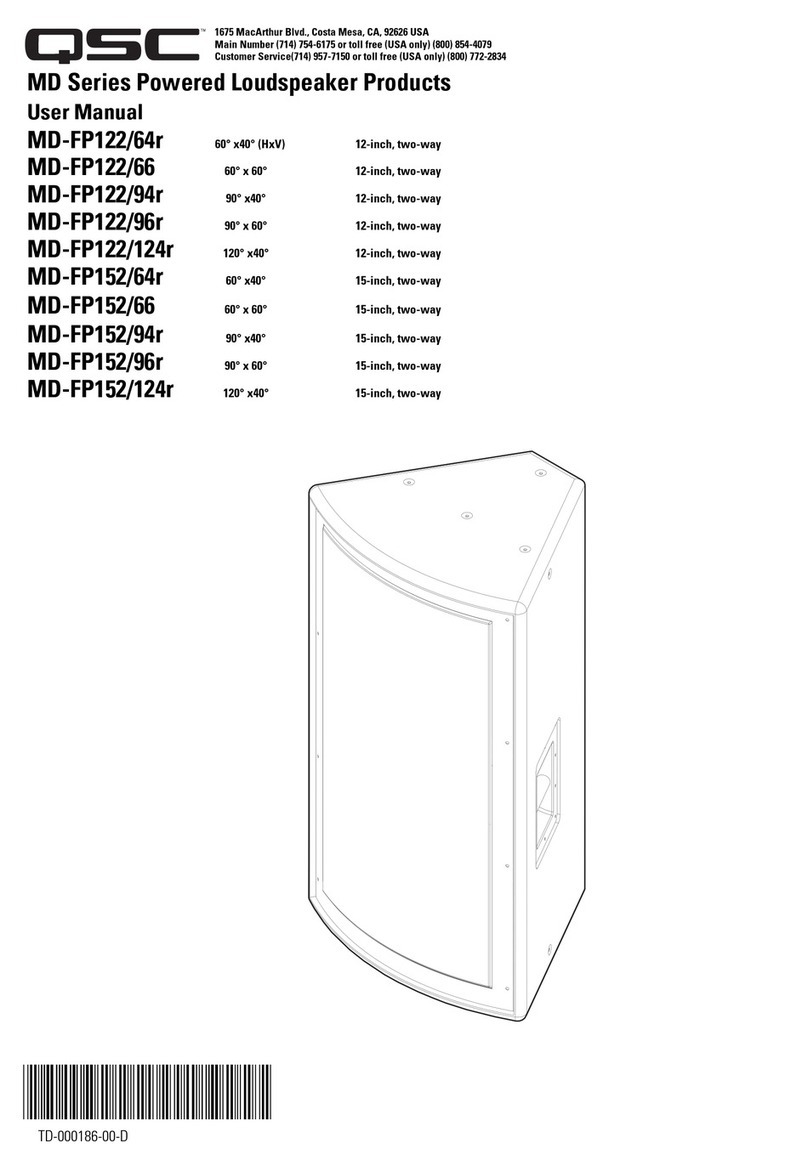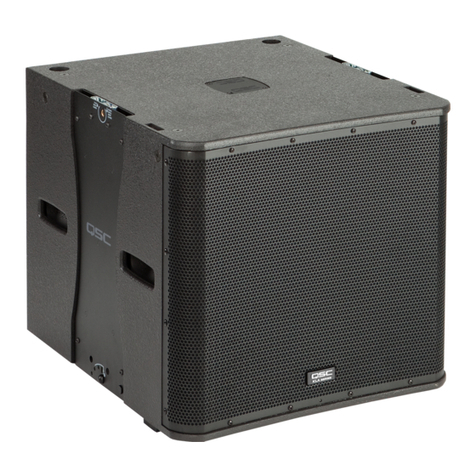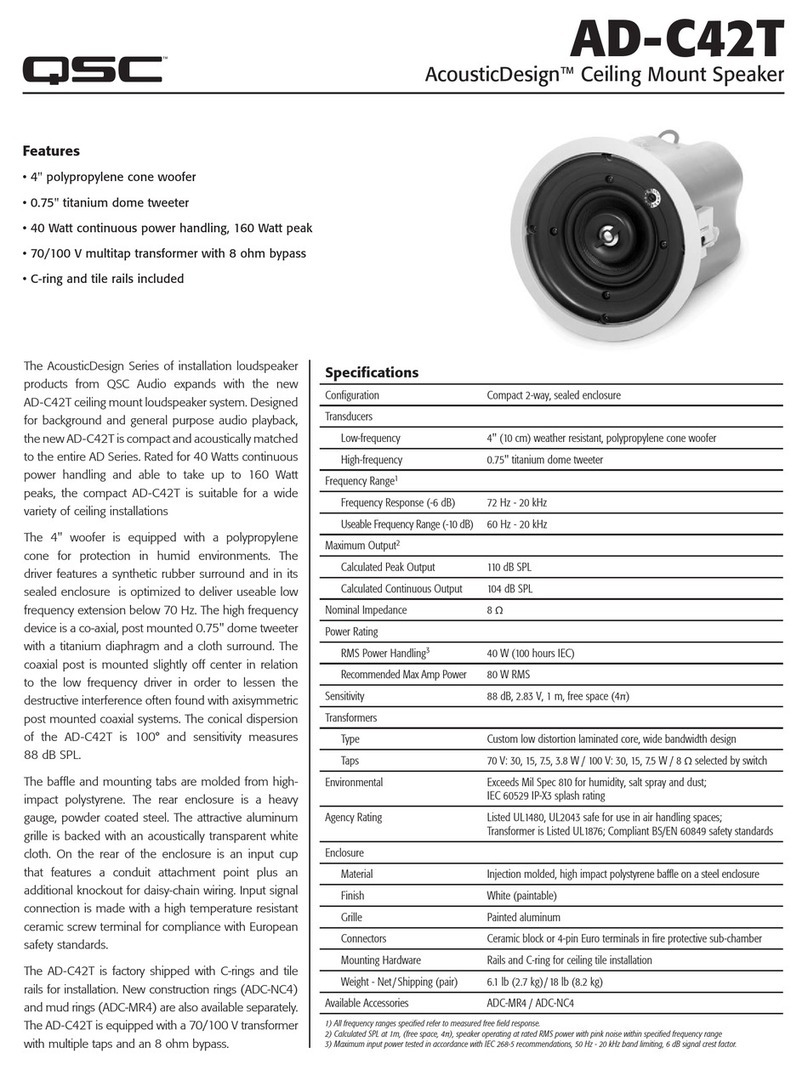
3
TD-000487-00
K Series Service Manual
Table of Contents
1. Introduction..................................................................................................................................................................................5
1.1 Restriction of Hazardous Substances Directive (RoHS) ...................................................................................................................................................... 5
1.2 Revision history......................................................................................................................................................................................................................... 5
1.3 Service bulletins ........................................................................................................................................................................................................................ 5
1.4 Serial Numbers.......................................................................................................................................................................................................................... 5
1.5 The well-equipped service bench........................................................................................................................................................................................... 6
2. Product specification and images ................................................................................................................................................ 7
3. Firmware.......................................................................................................................................................................................8
3.1 Firmware revisions and program numbers .......................................................................................................................................................................... 8
3.2 Firmware programming instructions..................................................................................................................................................................................... 9
4. Operational description ............................................................................................................................................................. 11
4.1 Series description.....................................................................................................................................................................................................................11
4.2 Top-Box Models .......................................................................................................................................................................................................................11
4.3 KSub ..........................................................................................................................................................................................................................................12
4.4 Bucket of power (BOP) amplifier module............................................................................................................................................................................12
5. Top-box disassembly instructions.............................................................................................................................................. 15
5.1 Bucket of power.......................................................................................................................................................................................................................15
5.2 Front grille ................................................................................................................................................................................................................................16
5.3 Front baffle...............................................................................................................................................................................................................................16
5.4 High frequency transducer.....................................................................................................................................................................................................17
5.5 Low frequency transducer .....................................................................................................................................................................................................18
5.6 Handles, feet, and pole mount..............................................................................................................................................................................................18
6. KSub disassembly and repair procedures .................................................................................................................................20
6.1 Bucket of power...................................................................................................................................................................................................................... 20
6.2 Low frequency transducers................................................................................................................................................................................................... 20
6.3 Handles, threaded pole mount, and casters........................................................................................................................................................................21
7. BOP disassembly and repair procedures...................................................................................................................................23
7.1 Faceplate................................................................................................................................................................................................................................... 23
7.2 PSU/amplifier board............................................................................................................................................................................................................... 24
7.3 Input/DSP board...................................................................................................................................................................................................................... 25
7.4 Power inlet, power switch, and fan ...................................................................................................................................................................................... 25
8. Testing.........................................................................................................................................................................................26
8.1 Requirements .......................................................................................................................................................................................................................... 26
8.2 Bucket of power testing......................................................................................................................................................................................................... 26
8.3 Loudspeaker testing............................................................................................................................................................................................................... 29
9. Troubleshooting guide................................................................................................................................................................ 31
9.1 General tips and tricks.............................................................................................................................................................................................................31
9.2 Line filter - broken components (BOP) ............................................................................................................................................................................... 33
9.3 Broken capacitor C45 (BOP)................................................................................................................................................................................................. 34
9.4 Input op-amp damage (BOP) ............................................................................................................................................................................................... 34
9.5 Amplifier section, MOSFET failure (BOP)............................................................................................................................................................................ 35
9.6 Power supply, MOSFET failure (BOP) ................................................................................................................................................................................. 36
9.7 Fan behavior............................................................................................................................................................................................................................ 37
9.8 Internal wiring harness.......................................................................................................................................................................................................... 37
9.9 Front LED................................................................................................................................................................................................................................. 38
9.10 Transducer issues.................................................................................................................................................................................................................. 39
9.11 Broken baffle ......................................................................................................................................................................................................................... 40
10. Service updates .......................................................................................................................................................................... 41
10.1 Inductor reinforcement, L13.................................................................................................................................................................................................41
10.2 XLR combo jacks with locking tabs .....................................................................................................................................................................................41
11. Schematics and PCB images.......................................................................................................................................................42
11.1 Schematic with notes (all models)...................................................................................................................................................................................... 42
11.2 PCB image with notes (all models) .................................................................................................................................................................................... 46
12. Component identification ..........................................................................................................................................................48
12.1 Top-box assembly components .......................................................................................................................................................................................... 48
12.2 KSub assembly components............................................................................................................................................................................................... 49
12.3 BOP components .................................................................................................................................................................................................................. 50
